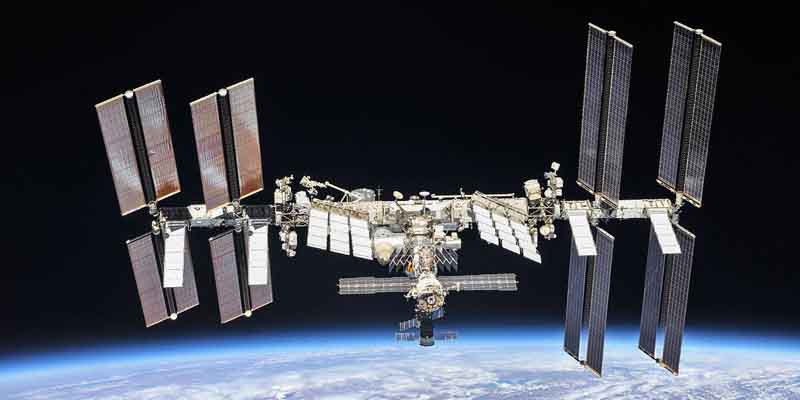- India
- Jun 26
Shubhanshu Shukla becomes first Indian to reach International Space Station
• India’s Shubhanshu Shukla and three other astronauts reached the International Space Station as part of Axiom-4 mission on June 26.
• The SpaceX Dragon spacecraft docked to the International Space Station after a 28-hour journey.
• This is the first time an Indian astronaut has travelled to the International Space Station.
• Shukla, a test pilot with the Indian Air Force, is the second Indian to go to space and the first since Rakesh Sharma’s eight-day sojourn in 1984.
• The astronauts, part of the Axiom-4 mission, embarked on the journey to the space station from the Kennedy Space Centre in Florida on June 25.
International Space Station (ISS)
• A partnership between European countries (represented by European Space Agency), the United States (NASA), Japan (JAXA, Japan Aerospace Exploration Agency), Canada (CSA, Canadian Space Agency) and Russia (Roscosmos), the International Space Station is the world’s largest international cooperative programme in science and technology.
• The International Space Station (ISS) weighs almost 400 tonnes and covers an area as big as a football pitch.
• It would have been impossible to build the Space Station on Earth and then launch it into space in one go. There was no rocket big enough or powerful enough. To get round this problem the ISS was taken into space piece-by-piece and gradually built in orbit, approximately 400 km above the Earth’s surface. This assembly required more than 40 missions.
• The first piece of the ISS was launched in 1998. A Russian rocket launched that piece. After that, more pieces were added. Two years later, the station was ready for people.
• The first crew arrived on November 2, 2000. People have lived on the space station ever since.
• Over time, more pieces have been added. NASA and its partners around the world finished the space station in 2011.
• The ISS circles the Earth taking 90-93 minutes. The exact number of orbits per day is usually less than 16 (generally 15.5 to 15.9 orbits/day).
• The ISS is the ninth space station to be inhabited by crews, following the Soviet and later Russian Salyut, Almaz, and Mir stations as well as Skylab from the US.
• The unique microgravity laboratory has facilitated more than 3,000 research investigations from over 4,200 researchers across the world.
Manorama Yearbook app is now available on Google Play Store and iOS App Store


